In today's rapidly evolving technological landscape, the 3D foot scanner, as a cutting-edge technology, is quietly transforming various fields such as medicine, sports, footwear design, and rehabilitation engineering.
In the medical field, the 3D foot scanner has become a powerful tool for doctors. When dealing with complex foot conditions like flat feet, high arches, and diabetic foot, traditional diagnostic methods often rely on the doctor's experience and the patient's subjective descriptions, making it difficult to achieve precise accuracy. However, the 3D foot scanner, through non-contact scanning, quickly captures and records the shape, size, and structural characteristics of the patient's foot, providing detailed data support for doctors.
With this data, doctors can more accurately assess the patient's foot condition and develop personalized treatment plans. For example, for flat-footed patients, doctors can customize insoles based on the scan results to effectively improve uneven foot pressure, alleviate pain, and prevent further injury. Additionally, in the prevention and treatment of foot ulcers, the 3D foot scanner plays a significant role by monitoring foot pressure distribution in real-time, providing early warnings for high-risk areas and allowing for timely intervention.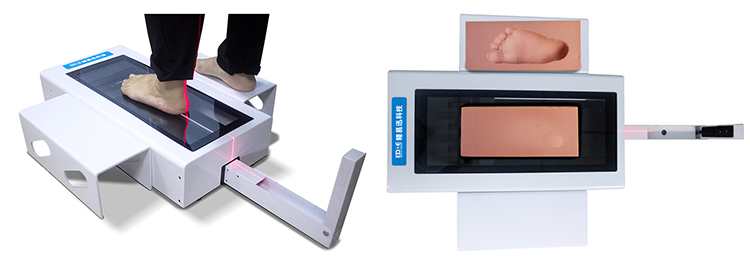
The sports field is another major area where the 3D foot scanner is widely used. For professional athletes, every run and jump involves significant impact, and foot health is directly related to sports performance and longevity. The 3D foot scanner provides scientific training guidance for coaches and athletes by analyzing the athlete's gait, running style, and foot pressure distribution in detail.
Coaches can adjust training plans based on the scan results, optimize technical movements, reduce unnecessary energy consumption, and minimize the risk of potential injuries. Additionally, the 3D foot scanner can assist in the customization of specialized sports shoes, insoles, and other gear tailored to the athlete's specific needs, enhancing comfort and performance. In terms of injury prevention and extending the athlete's career, the 3D foot scanner undoubtedly plays an irreplaceable role.
In the field of footwear design, the application of the 3D foot scanner is equally remarkable. Traditional footwear design often relies on the designer's experience and extensive fitting feedback, making it challenging to precisely match each individual's foot shape requirements. The 3D foot scanner, however, provides designers with unprecedented design freedom through precise measurements and data analysis.
Designers can gain a deep understanding of the consumer's foot shape characteristics, size preferences, and wearing habits based on the scan results, allowing them to create shoes that better fit the foot and offer greater comfort. Additionally, the 3D foot scanner helps designers evaluate shoe fit, pressure distribution, and shock resistance, providing scientific support for product optimization. As consumer demand for personalized customization continues to grow, the 3D foot scanner is leading the footwear design industry into a new era of development.
In the fields of rehabilitation engineering and prosthetic manufacturing, the 3D foot scanner also shows great potential. For patients whose feet are damaged due to illness or accidents, appropriate rehabilitation devices and prosthetics are key to regaining self-sufficiency and freedom of movement. The 3D foot scanner provides invaluable data support to rehabilitation engineers and prosthetic manufacturers by accurately measuring the shape and size of the patient's foot.

 +86-0755-86131192
+86-0755-86131192 2024-08-12
2024-08-12 Back to list
Back to list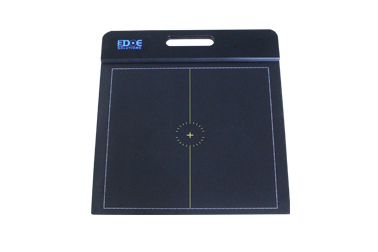
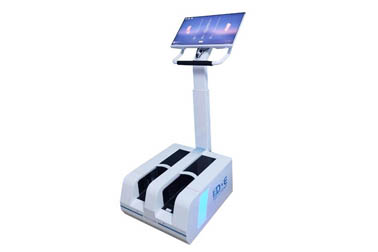
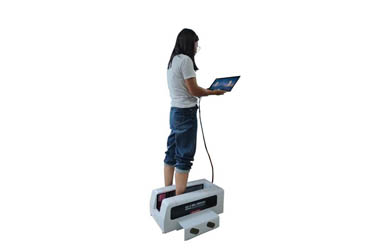
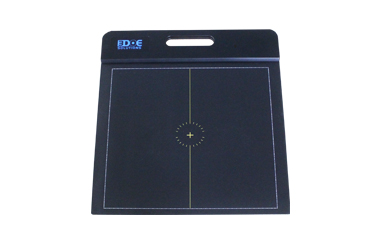

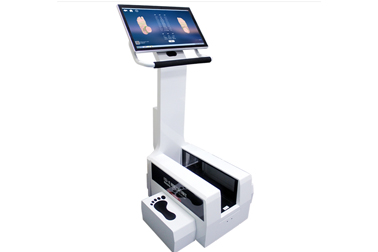



 +86-0755-86131192
+86-0755-86131192